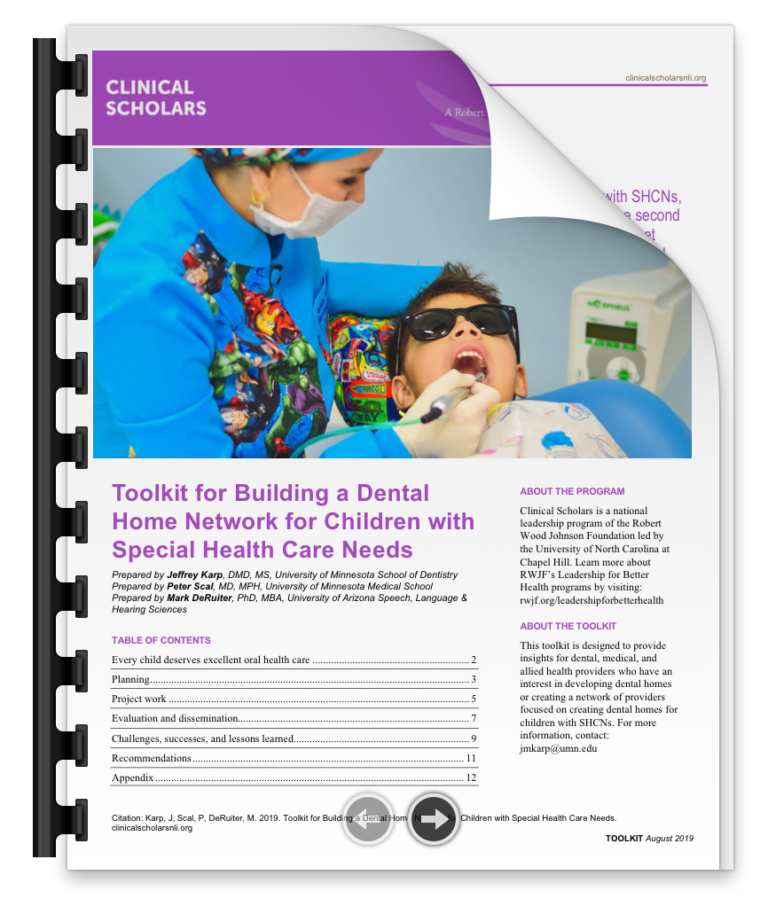

CLINICAL TOOLKIT VERIFICATION
Since the EMR, a hub of clinical data, displays information from PCS and other clinical applications, Bedside Medication Verification (BMV) medication information will also display in the EMR. Along with lab results, X-ray reports, allergies and medications, the EMR also stores nursing data from our Patient Care System (PCS) product. Data is organized and it saves users’ time. Being able to view a patient’s entire medical record in one area is critical. Because this information is never purged from EMR, histories are permanently maintained. The information ranges from demographic and status data to orders performed and medications administered during a visit.

The EMR accepts data from any number of separate Meditech enterprises, other vendor applications and from many source facilities (for example, hospitals, clinics and provider offices). 2įeatures: Enterprise Medical Record (EMR) collects, stores and displays clinical data for individuals within a community or region. MEDITECH Enterprise Medical Record KLAS Rank No. Epic staff provides on site go-live support and we use post-live surveys and trips to assess user happiness and recommend follow-up areas. Epic helps identify and train customers’ physician and nurse super users, so end users receive primary support from peers.
CLINICAL TOOLKIT PROFESSIONAL
Our training includes a professional development component to develop understanding of how EpicCare affects clinical practices. What is your track record for providing training and services for physicians and nurses for POC information gathering so that the adoption rate is high? Epic’s post-live survey results indicate positive end user responses to EpicCare, and Epic has clients who’ve gone completely paperless.

Monitoring-device integration makes source data available for review in EpicCare. Features that help physicians complete work at the point of care include configurable navigators that guide admission, rounding, transfer and discharge workflows, “point-and-click” documentation forms, drill-down reports that automatically compile and display relevant data over time and a synopsis function for reviewing clinical events and correlating events and data. EpicCare Inpatient’s quick response times and intuitive, task-oriented structure allow rapid movement through workflows. EpicCare Inpatient shares a single database and user interface with Epic’s other applications (pharmacy, ambulatory EMR, emergency department, hospital billing, scheduling) providing seamless integration.ĭoes your clinical IT system minimally impact physician workflow and provide ease of use? Yes. Flexible, real-time decision support promotes best practices. It gives the care team access to targeted patient information and intuitive features, including CPOE, medication reconciliation, workflow navigators and other workflow management capabilities, electronic MAR with barcoding and nursing documentation. 1įeatures: EpicCare streamlines and transforms hospital-based care while increasing efficiency and reducing medical errors. EpicCare Inpatient Clinical Information System KLAS Rank No. The rankings for the category of acute care CDR, orders and charting are based on KLAS’ year-end report, released in December 2006. While there is only a 5 percent industry-wide adoption rate for computerized physician order entry, Gale expects CPOE adoption to continue to grow.

Vendors who have worked on the user-friendliness of their core systems have seen higher adoption rates. While there are some proven sites for this capability, Gale said that the trend is catching on and moving forward at many sites. By connecting these devices to the clinical IT systems, nurses and physicians will no longer need to write down the information, thereby saving time, improving workflow and potentially reducing errors. CoreĬlinical IT system vendors are working to tie their systems with monitoring devices, according to Adam Gale, COO of KLAS. As point-of-care information systems are not stand-alone solutions but components of clinical IT systems, the buyers guideįocuses on clinical IT systems’ point-of-care capabilities.


 0 kommentar(er)
0 kommentar(er)
